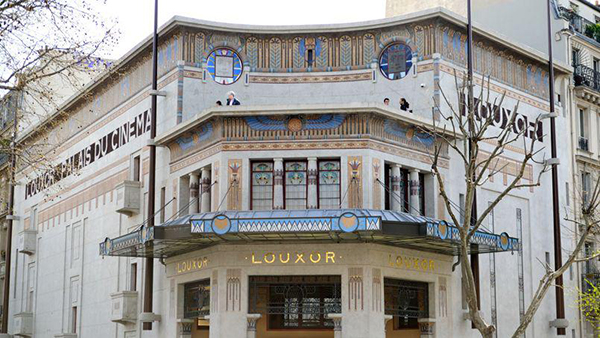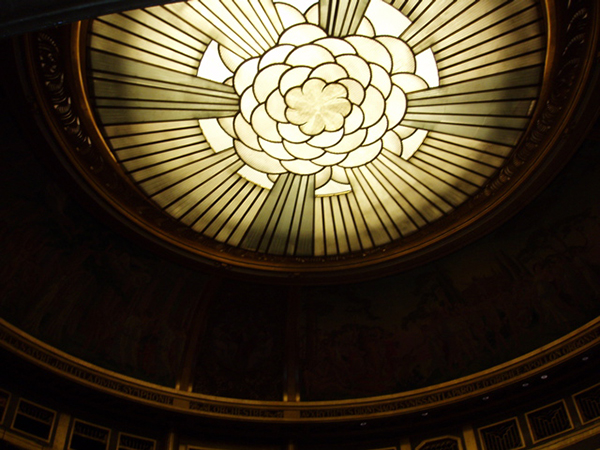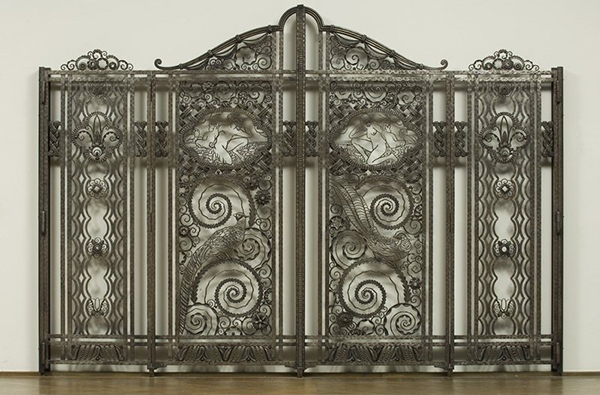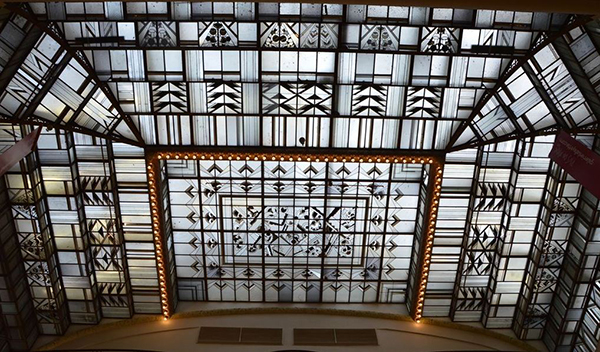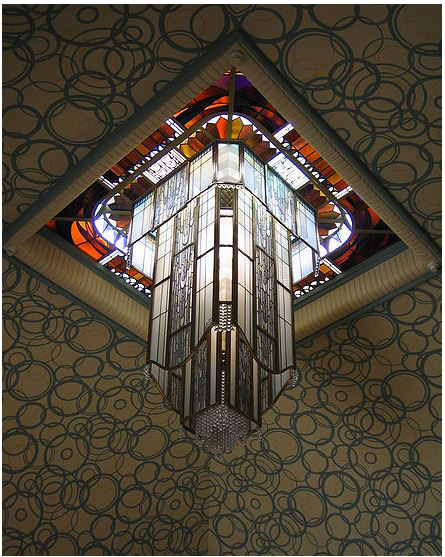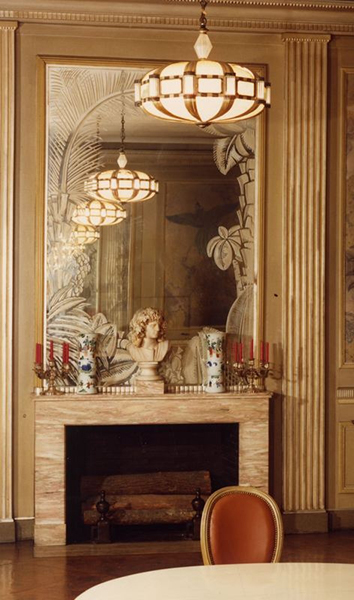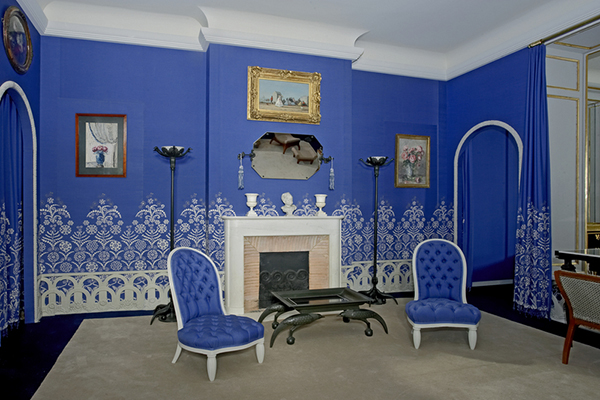Art Deco style
Download PDFArt of the Roaring Twenties, the Art Deco style (1910-1939) is resolutely turned towards modernity, at a time when rhythms are accelerating. This is the architecture of Skyscrapers such as the Chrysler Bulding of New York (1928-1930), and the opulent interior of the first Transatlantics like The Normandy. Industries make gigantic leaps and Art Deco is a reflection of enthusiasm for mechanics and rationality, favoring straight lines and geometric shapes. It aims above all for elegance, sobriety, preciosity, rarity and comfort, thus seducing a refined and fortunate clientele. Among the patrons of this innovative movement are Baron Robert de Rothschild, couturier Jacques Doucet and Viscount Charles de Noailles.
This artistic movement had beginnings around 1910, and truly emerged in the aftermath of the First World War in the European capitals, reacting against the Art Nouveau undulations ironically called "noodle style." This new style developed in the 1920s, culminating at the International Exhibition of Decorative Arts organized in Paris in 1925, when Le Corbusier had made a sensation with his Pavilion of the New Spirit, as well as Ruhlmann with his Pavilion of the Collector. It is then called "1925 style", and will retrospectively become the "Art Deco style" in reference to this exhibition.
Characterized by strong ornamentation, contrary to the rigor of functionalism, the Art Deco fronts and furniture decorations do not prohibit any subject: baskets of flowers and fruits are very present, human figures, symbolic subjects, ornaments inspired by Ancient Egypt, abstract forms. However, these decorations take geometrical shapes, often angular, organized, framed by solid borders. Hence, a recurring motif of the Art Deco style is the geometrical rose.
For this organized aesthetic, the use of artistic ironwork and stained glass, or marquetry and mosaic, are very much in vogue. The colors are very present, enhancing the preciousness of the materials. Bold materials such as plexiglass, polished or chrome-plated steel, ivory, ebony, leather or shagreen sheaths are used. Ruhlmann executes marquetry masterpieces with new imported woods: Macassar Ebony.
In the 1920’s, two orientations became apparent in the Art Deco style: The Contemporaries or Neo-Traditionalists and the Moderns. The first group, who founded the movement, emerged in the 1910’s. The New Style Manifesto published in 1912 by Andre Vera promoted a return to French tradition: Louis Sue, Andre Mare, Paul Huillard, and Andre Groult created furniture inspired by the curved shape of the Restoration style. Paul Iribe and Maurice Dufrene however, were under the influence of the Art Nouveau. After the war, the focus was the richness of the materials used: gilded wood, shagreen, parchment, leather and lacquer, to create refined-shaped furniture in keeping with the Louis XVI, Empire and Restoration styles.
The Modern orientation, consecrated by the creation of the Modern Artist’s Union in 1929 by Robert Mallet-Stevens, emerged in the 1920’s. Among these artists are: Pierre Charreau, Francis Jourdain, Rene Herbst, Pierre Legrain, Jean Prouve, Charlotte Perriand, who wanted to create furniture with innovative shapes that would correspond to the modern era’s new life conditions and would be designed as an ensemble, an interior design. Interior design elements were seen as practical, utilitarian and ergonomic. For example, stained glass windows combined formal beauty with actual lighting capacity; furniture combined elegance with practicality; fireplace mantels were integrated into their environment and given high-performance heating systems.









